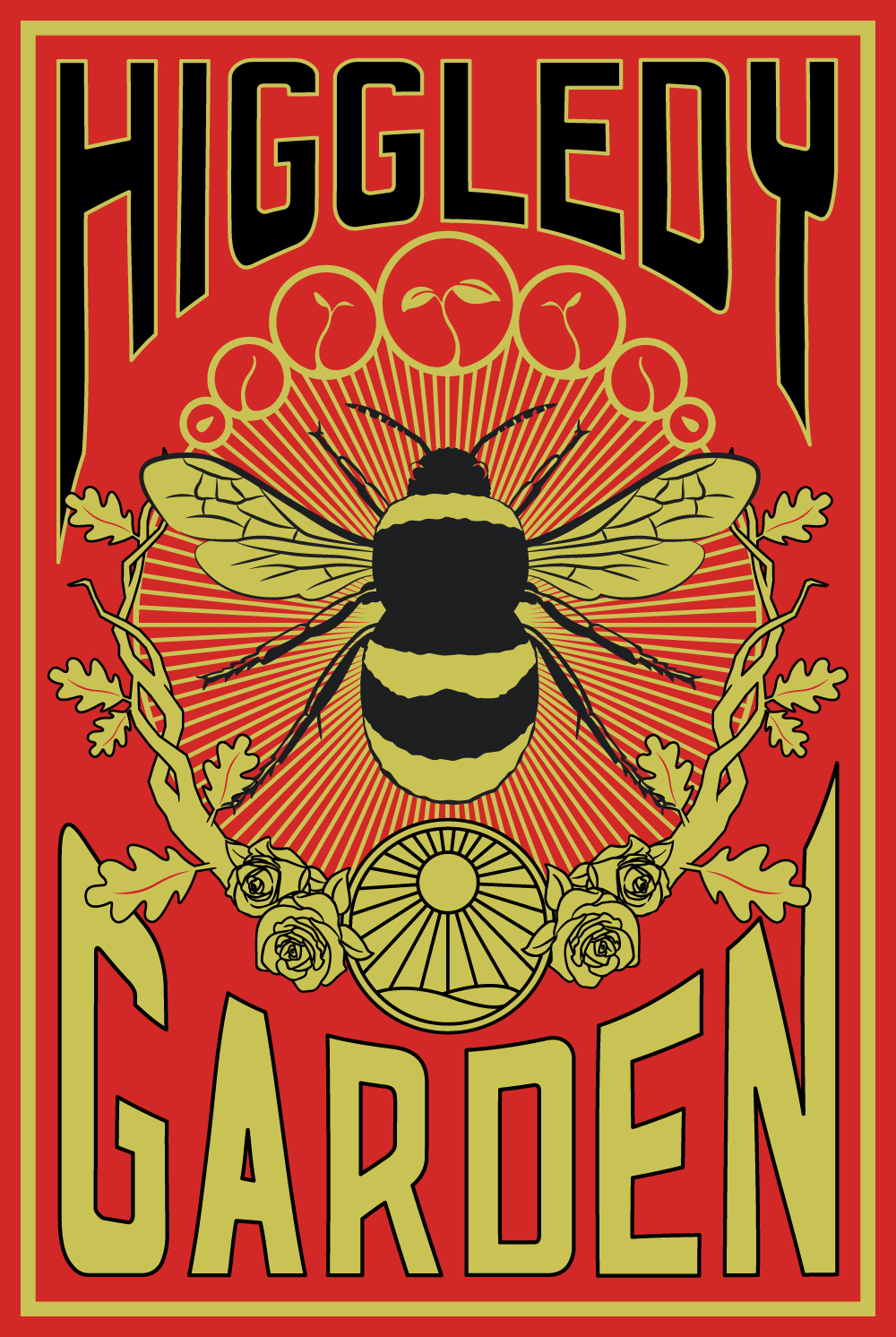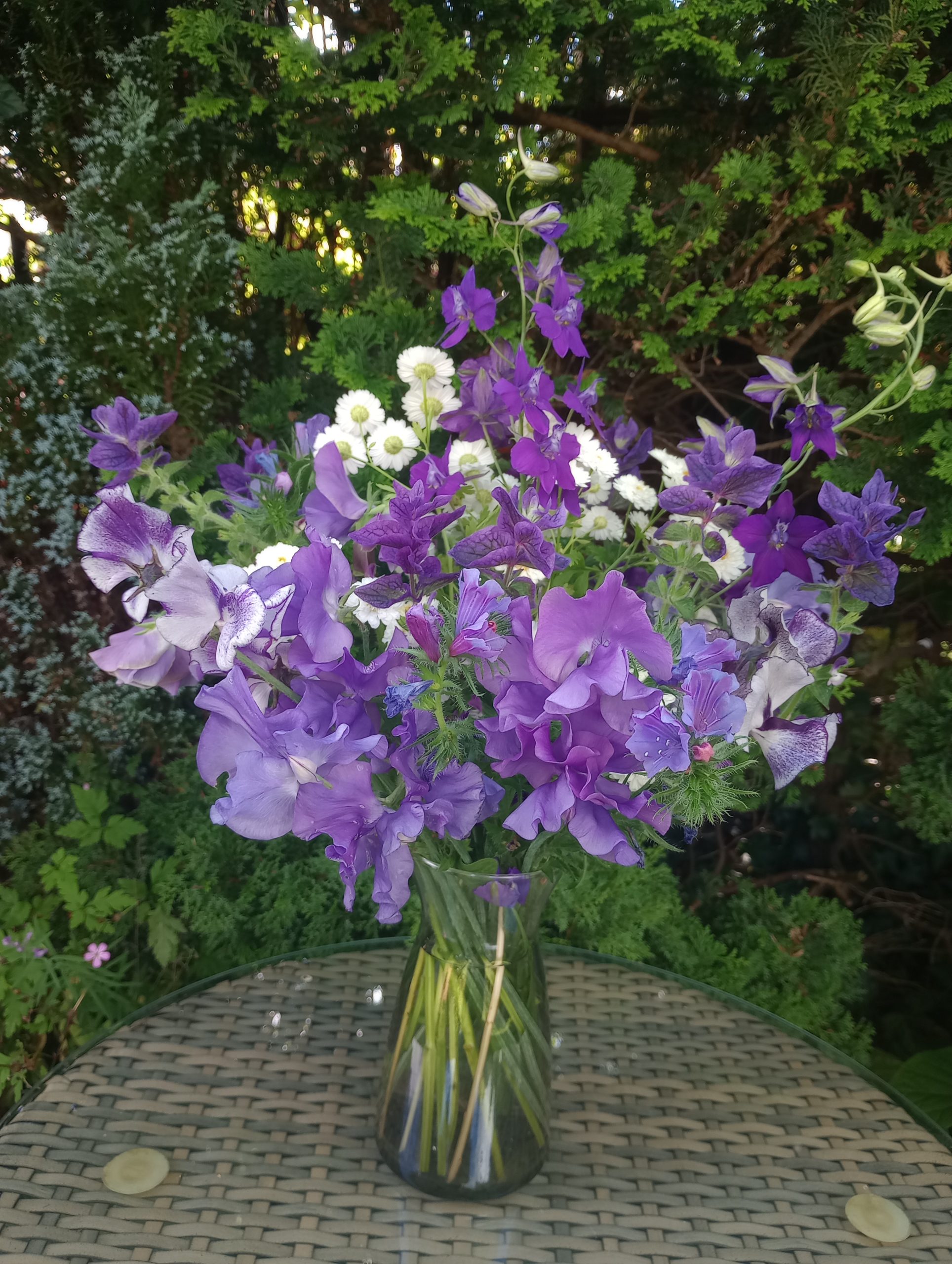Some beautiful blues
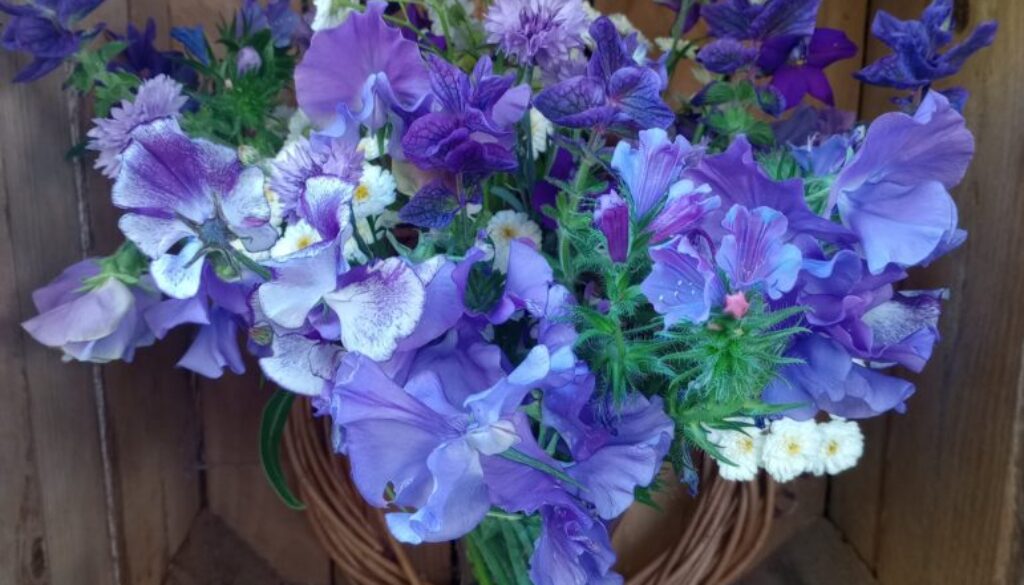
The most depressing day of the year? Blue Monday, usually the third monday in January, and this is when, supposedly, we are at our least happy, the Christmas sparkle has gone, when pay day feels an age away, you may have lapsed a bit on your super strict new years resolutions, the days are still short and spring and summer still feel a long way away. Whether its a real phenomenon or not I want to turn it on its head. Its not particularly original but I want to give you an antidote to this and celebrate the blue beauties in the cutting patch and the garden. There are so many beautiful blue flowers but the spectrum of shades can vary quite a lot and there are not many ‘true’ blues. I’m a big fan of a blue flower, bit rarer in the garden compared to other colours, and they are always treasured. 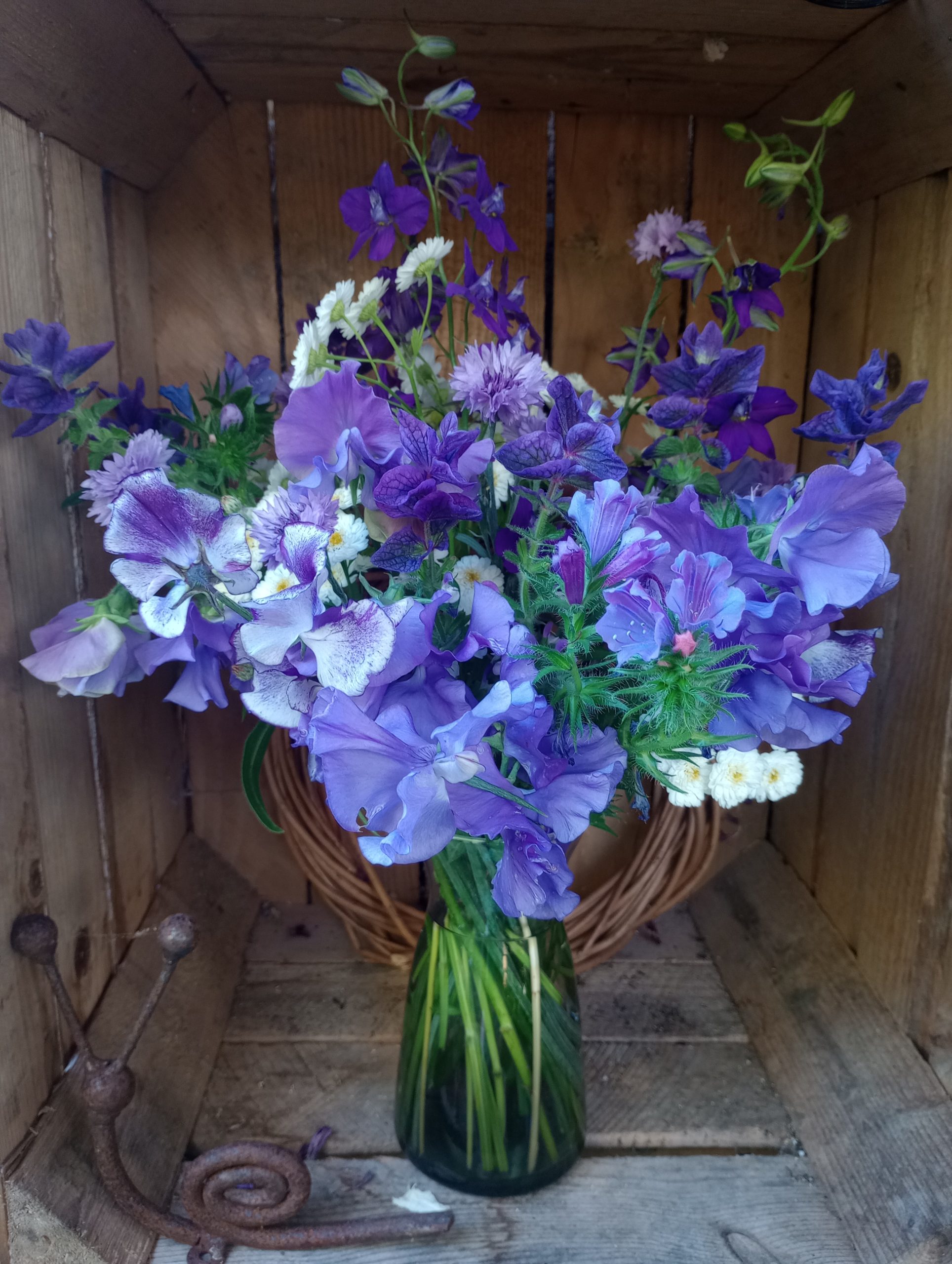 Borage, this is a proper blue colour, found in many a herb garden, we sell it at Higgledy garden because its such a good plant for pollinators. It produces prodigous amounts of nectar (topping itself up every two minutes) and flowers for months. The star-like flowers are edible, probably one of the most beautiful of the edible flowers with its dark black stamens. Most people think of it as that blue flower found in your Pimms, but also beautifully brightens up your salads, tasting vaguely of cucumber. You can eat the leaves too, think they would have to be very young and fresh, but they are said to contain plenty of Vitamin C. The plant itself is a hairy beast and can grow up to 1m tall when really happy and is a substantial plant, maybe needing some support. It will thrive the best in a sunny site but can cope with some shade. Once you have sown it once it will often self seed but they are easy to dig up so never really cause a problem.
Borage, this is a proper blue colour, found in many a herb garden, we sell it at Higgledy garden because its such a good plant for pollinators. It produces prodigous amounts of nectar (topping itself up every two minutes) and flowers for months. The star-like flowers are edible, probably one of the most beautiful of the edible flowers with its dark black stamens. Most people think of it as that blue flower found in your Pimms, but also beautifully brightens up your salads, tasting vaguely of cucumber. You can eat the leaves too, think they would have to be very young and fresh, but they are said to contain plenty of Vitamin C. The plant itself is a hairy beast and can grow up to 1m tall when really happy and is a substantial plant, maybe needing some support. It will thrive the best in a sunny site but can cope with some shade. Once you have sown it once it will often self seed but they are easy to dig up so never really cause a problem.  Here it is with Feverfew, Cynoglossum ‘Firmament, white Oreganum and Larkspur ‘Imperials‘.
Here it is with Feverfew, Cynoglossum ‘Firmament, white Oreganum and Larkspur ‘Imperials‘.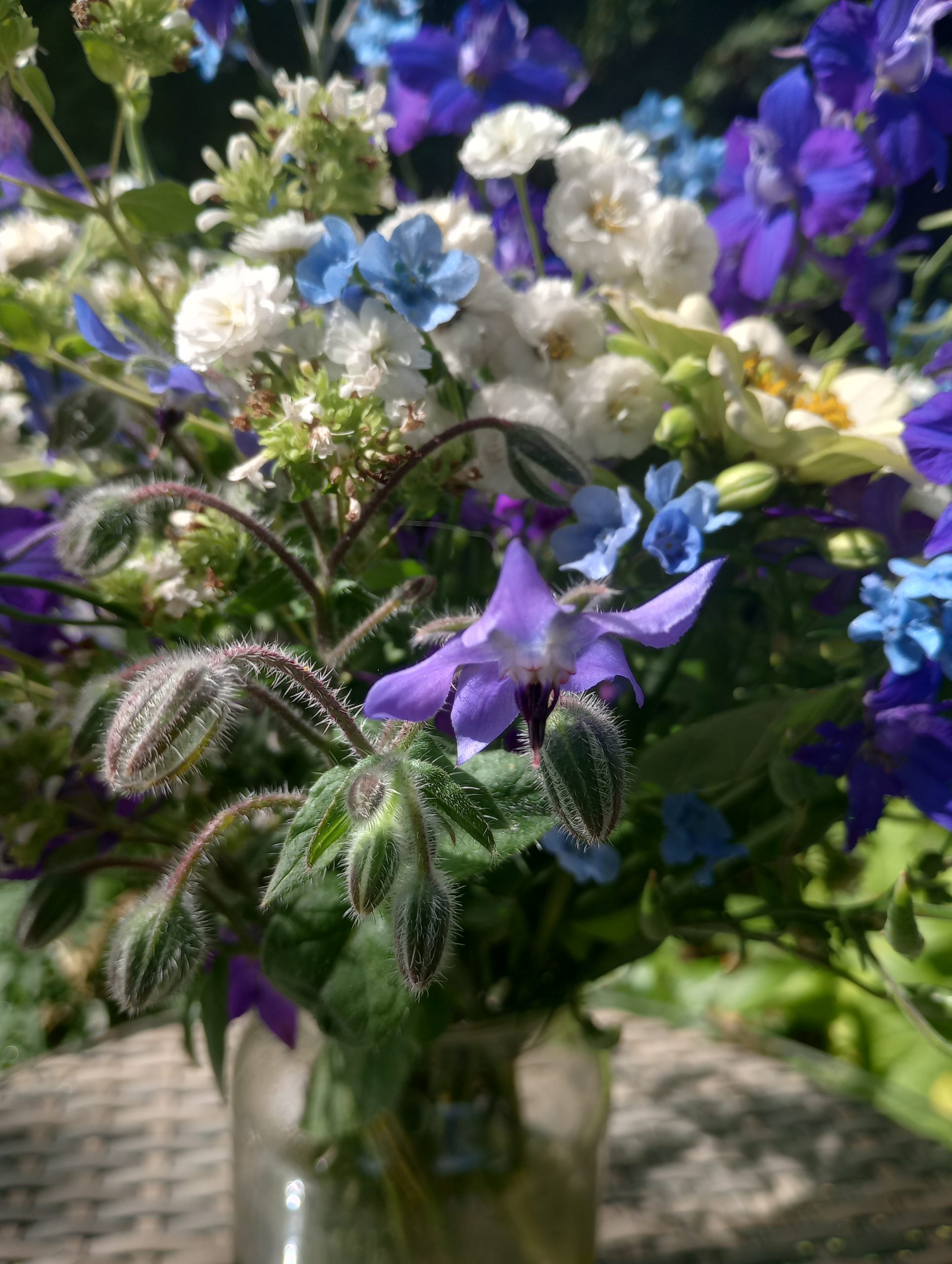 Cerinthe, ok its not really a blue flower but I’ve included it in here because of the fabulous glaucous blue foliage. Actually its quite hard to describe the colour of the foliage and flowers it has shades of purple and grey and the flowers are bluey-grey with the bottom tipped in white. Its one of the most reliable plants in my cutting patch, grown for its foliage more than anything but the flowers are beautiful too and again the bees love it. I had a patch in a raised bed near the door of my potting shed and I could hear the bees humming around it from inside the shed. So yes another great one for bees, its otherwise known as Honeywort and like the borage produces lots of nectar. It is a very succulent plant and if you are using it for cutting it helps to sear the ends in boiling water for 10 seconds and then put in cold water and leave to condition preferably overnight. It can still be a bit floppy in habit but I like that movement in a posy but if you want nice straight stems then wrapping them in paper is supposed to keep them straight. I do a sowing of this in the autumn and most years these come through but if we get a prolonged very cold spell then I have lost them. But they are pretty speedy too from a spring sowing and its worth doing multiple sowings to keep it growing well through the summer. Easy to collect your own seed from it too.
Cerinthe, ok its not really a blue flower but I’ve included it in here because of the fabulous glaucous blue foliage. Actually its quite hard to describe the colour of the foliage and flowers it has shades of purple and grey and the flowers are bluey-grey with the bottom tipped in white. Its one of the most reliable plants in my cutting patch, grown for its foliage more than anything but the flowers are beautiful too and again the bees love it. I had a patch in a raised bed near the door of my potting shed and I could hear the bees humming around it from inside the shed. So yes another great one for bees, its otherwise known as Honeywort and like the borage produces lots of nectar. It is a very succulent plant and if you are using it for cutting it helps to sear the ends in boiling water for 10 seconds and then put in cold water and leave to condition preferably overnight. It can still be a bit floppy in habit but I like that movement in a posy but if you want nice straight stems then wrapping them in paper is supposed to keep them straight. I do a sowing of this in the autumn and most years these come through but if we get a prolonged very cold spell then I have lost them. But they are pretty speedy too from a spring sowing and its worth doing multiple sowings to keep it growing well through the summer. Easy to collect your own seed from it too.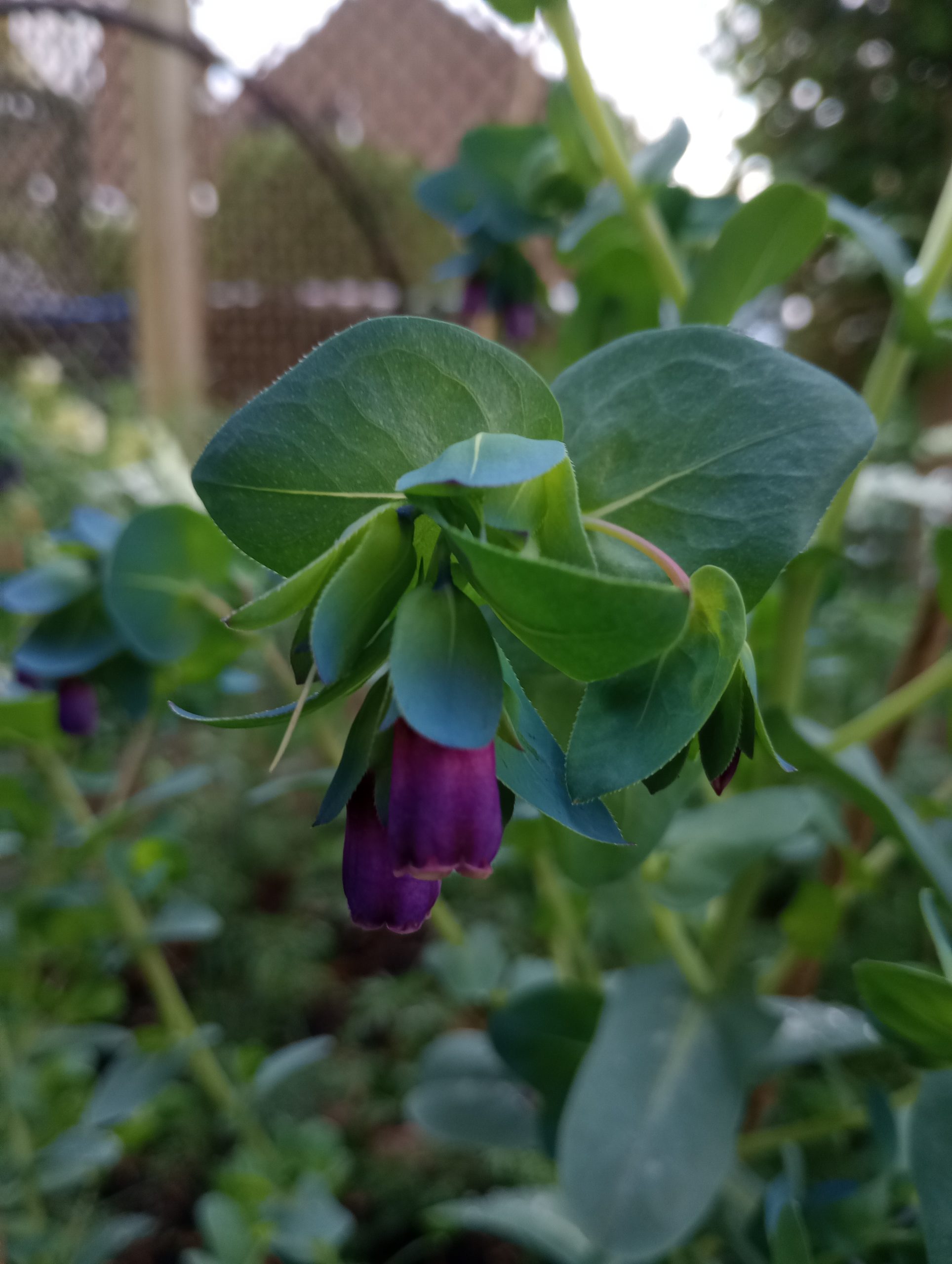 Here it is with Orlaya grandiflora, Silene vulgaris and Cornflower ‘Blue Ball’.
Here it is with Orlaya grandiflora, Silene vulgaris and Cornflower ‘Blue Ball’. Cornflower ‘Blue Ball’, the bluest of them all. Cornflowers are my go to autumn sown annual. They germinate quickly in the warmth of September. I grow them on into 9cm pots and they are tough and hardy and can cope with even the hardest frosts. I plant them early in March and then they will be flowering by June, earlier than any spring sown annuals but again like Cerinthe its worth doing multiple sowings to extend the season of cutting. The autumn sown ones will also be taller and more substantial plants, I just love cutting big bunches of it with buds and all, the buds are beautiful wafting about in your bouquets. They do get tall and will need some support.
Cornflower ‘Blue Ball’, the bluest of them all. Cornflowers are my go to autumn sown annual. They germinate quickly in the warmth of September. I grow them on into 9cm pots and they are tough and hardy and can cope with even the hardest frosts. I plant them early in March and then they will be flowering by June, earlier than any spring sown annuals but again like Cerinthe its worth doing multiple sowings to extend the season of cutting. The autumn sown ones will also be taller and more substantial plants, I just love cutting big bunches of it with buds and all, the buds are beautiful wafting about in your bouquets. They do get tall and will need some support.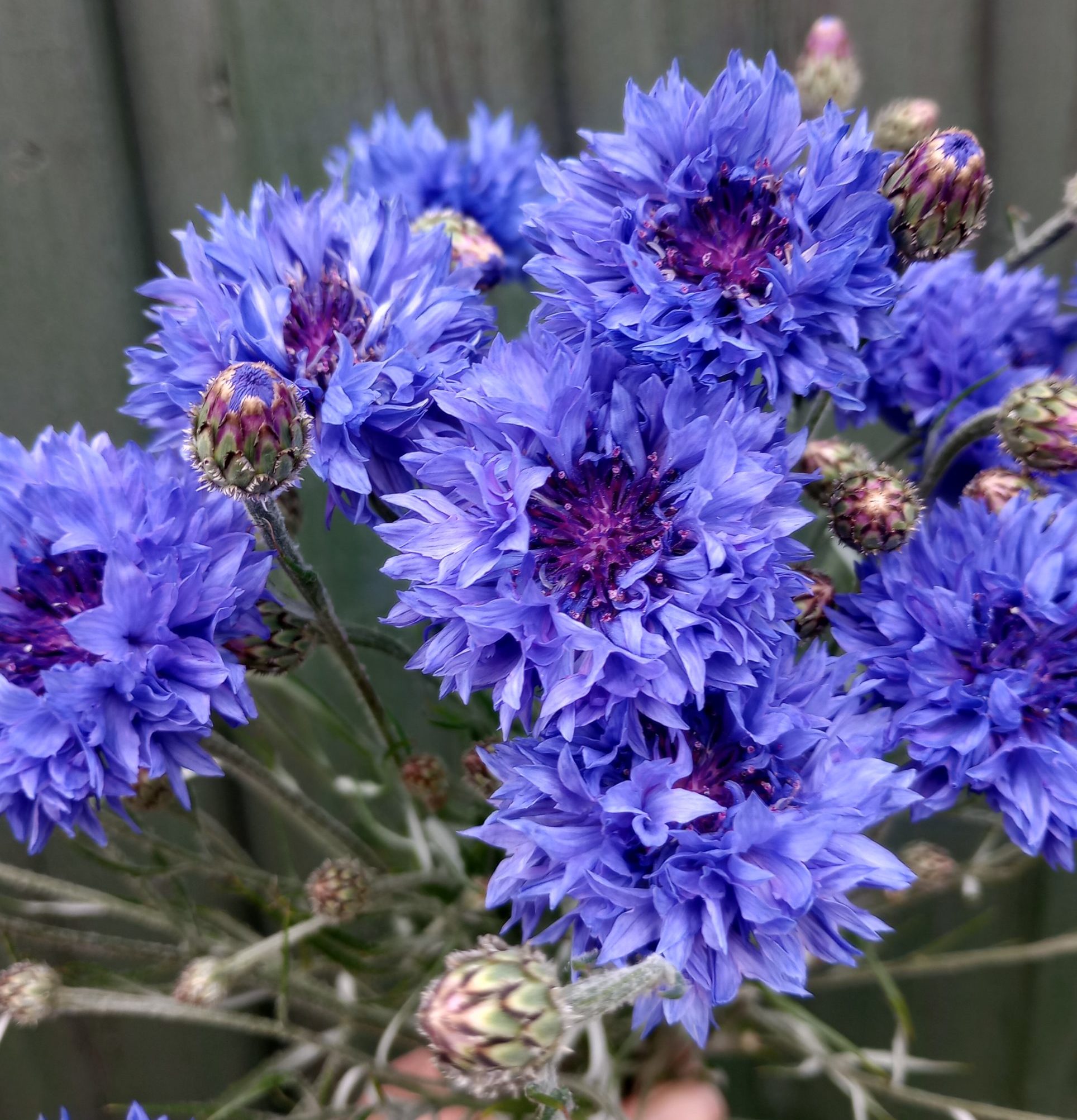 Here it is with Salvia ‘Oxford Blue’, Canterbury bells and various sweet peas.
Here it is with Salvia ‘Oxford Blue’, Canterbury bells and various sweet peas. Didiscus ‘Blue Lace’, I have a confession about this plant, its a real beauty, and I rather enviously see it grown in other peoples cutting patch but I had a complete failure with it last year. Germinated lovely, pricked out happily and grown on well into larger pots. Lost a few to slugs straight away in the greenhouse, but I always sow more than I need so was still able to plant out 5 plants. I probably did plant them out a bit too early but the weather was set fair, but then we had a late cold spell and so they paused growing, this isn’t good for tender annuals. Then I took my eye off the ball and slugs again. The air was blue that morning when I saw a slug had just literally grazed off the whole row, not even bothering to munch away at the plant just cutting them off nicely at the base so that they had no chance of growing again. But I will try again this year, protect them, cosset them and hopefully this year I will have some of those delicate beautiful lacy flowers. Perseverance!
Didiscus ‘Blue Lace’, I have a confession about this plant, its a real beauty, and I rather enviously see it grown in other peoples cutting patch but I had a complete failure with it last year. Germinated lovely, pricked out happily and grown on well into larger pots. Lost a few to slugs straight away in the greenhouse, but I always sow more than I need so was still able to plant out 5 plants. I probably did plant them out a bit too early but the weather was set fair, but then we had a late cold spell and so they paused growing, this isn’t good for tender annuals. Then I took my eye off the ball and slugs again. The air was blue that morning when I saw a slug had just literally grazed off the whole row, not even bothering to munch away at the plant just cutting them off nicely at the base so that they had no chance of growing again. But I will try again this year, protect them, cosset them and hopefully this year I will have some of those delicate beautiful lacy flowers. Perseverance!

Echium ‘Blue Bedder’ this is another stalwart on my cutting patch, it is a lovely filler flower but I grow it more for the bees. They love it. Its a cultivated form of the native wild flower Vipers Bugloss. Richard Mabey in Flora Britannica delightfully explains the viperish name ‘The sprays of flowers spiral up the stem half coiled, the long red stamens protrude from the mouths of the blue flowers like tongues and the fruits resemble adders heads’. I’ve seen it flowering on the sand dunes above Woolacombe beach and its a common wild flower in dry open spaces. Another copious nectar plant from the Borage family, it is another plant that hums with bees in the summer. I’ve also grown the white form of it and this is especially nice in arrangements but slightly less popular with the bees. The plants prefer a sunny spot with good drainage and can seed around if happy. The flowers fade to a pinky colour and its another hairy leaved plant. It looks amazing growing with bright orange Calendula ‘Indian Prince’. 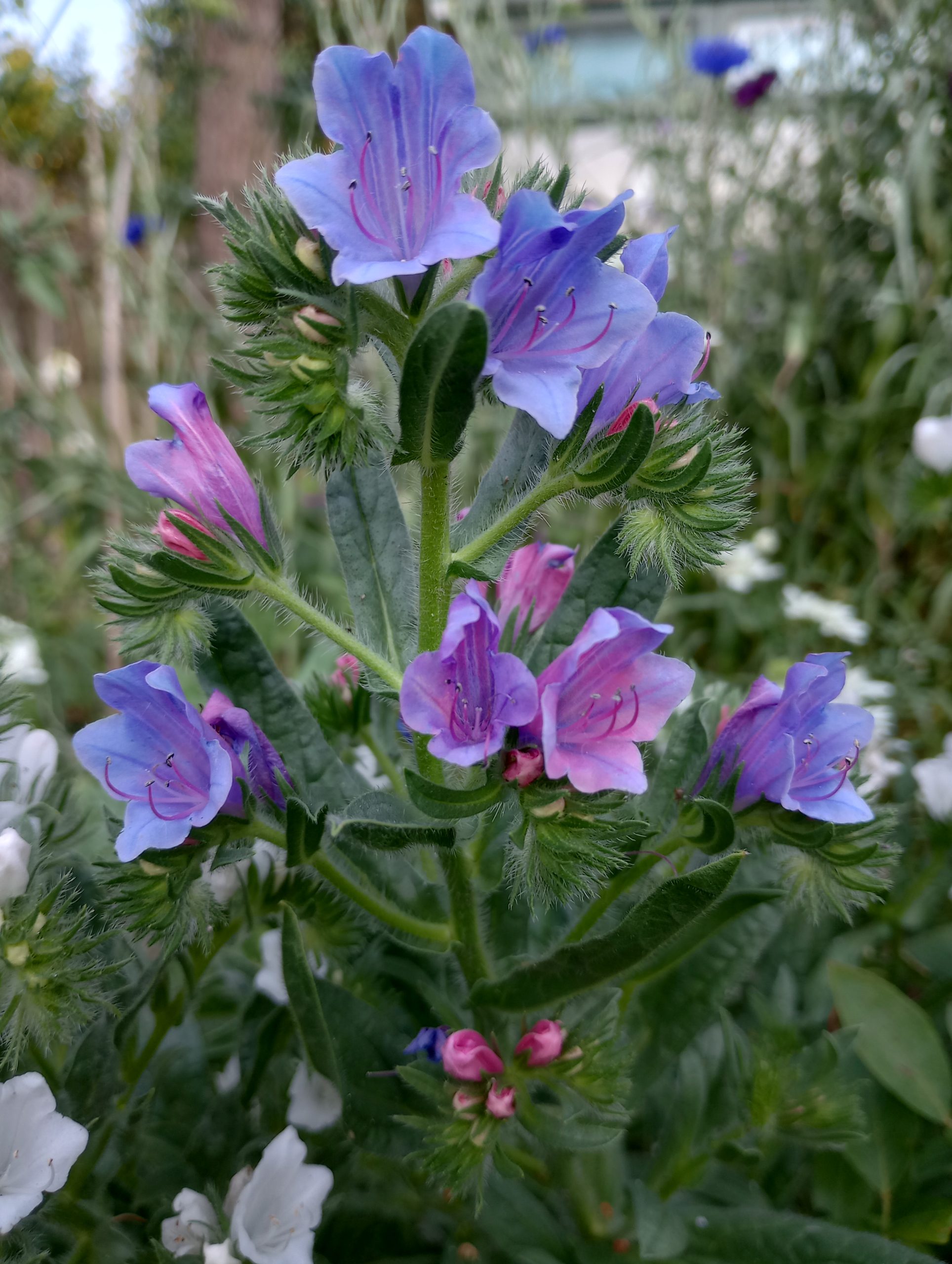
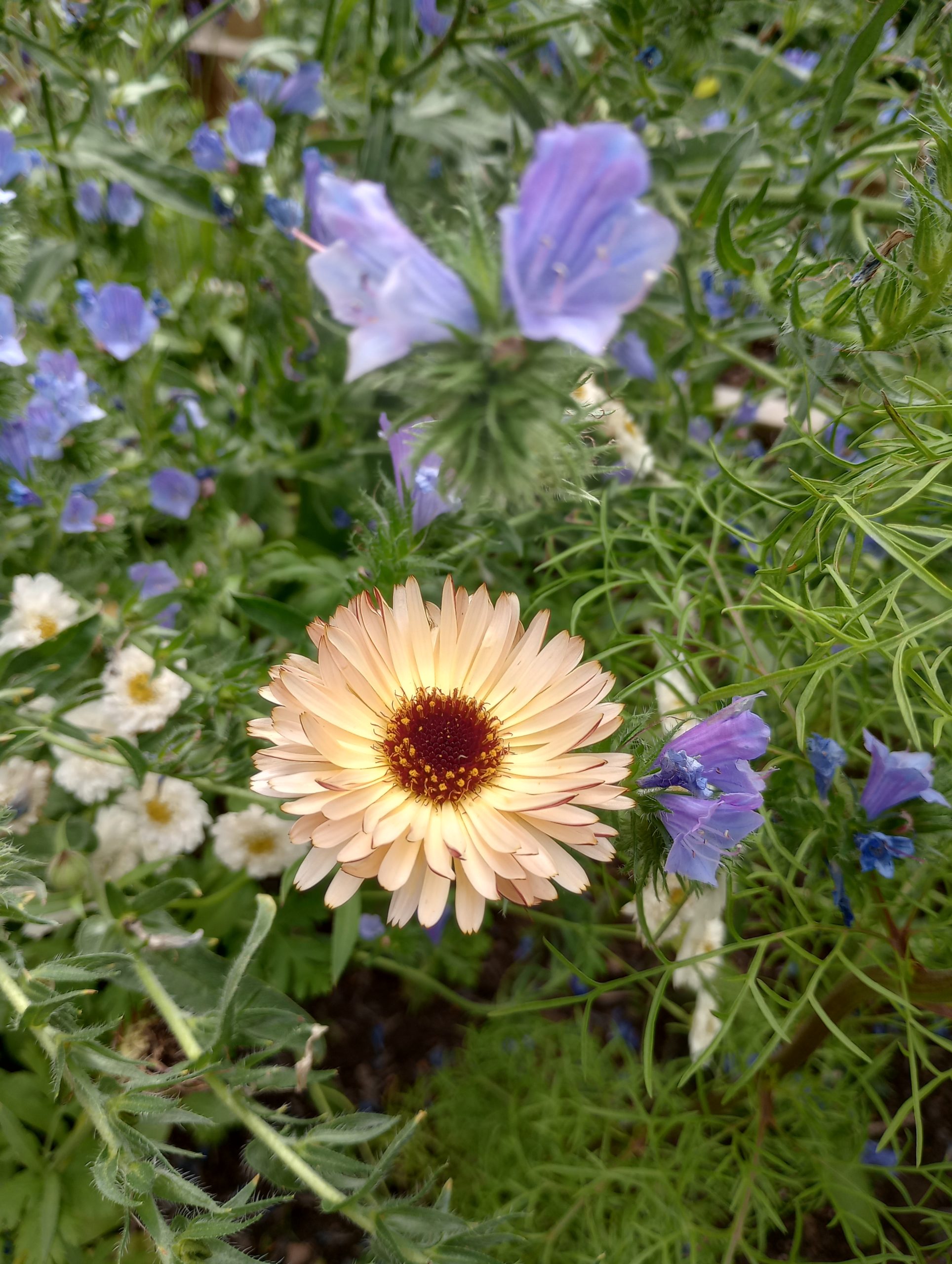
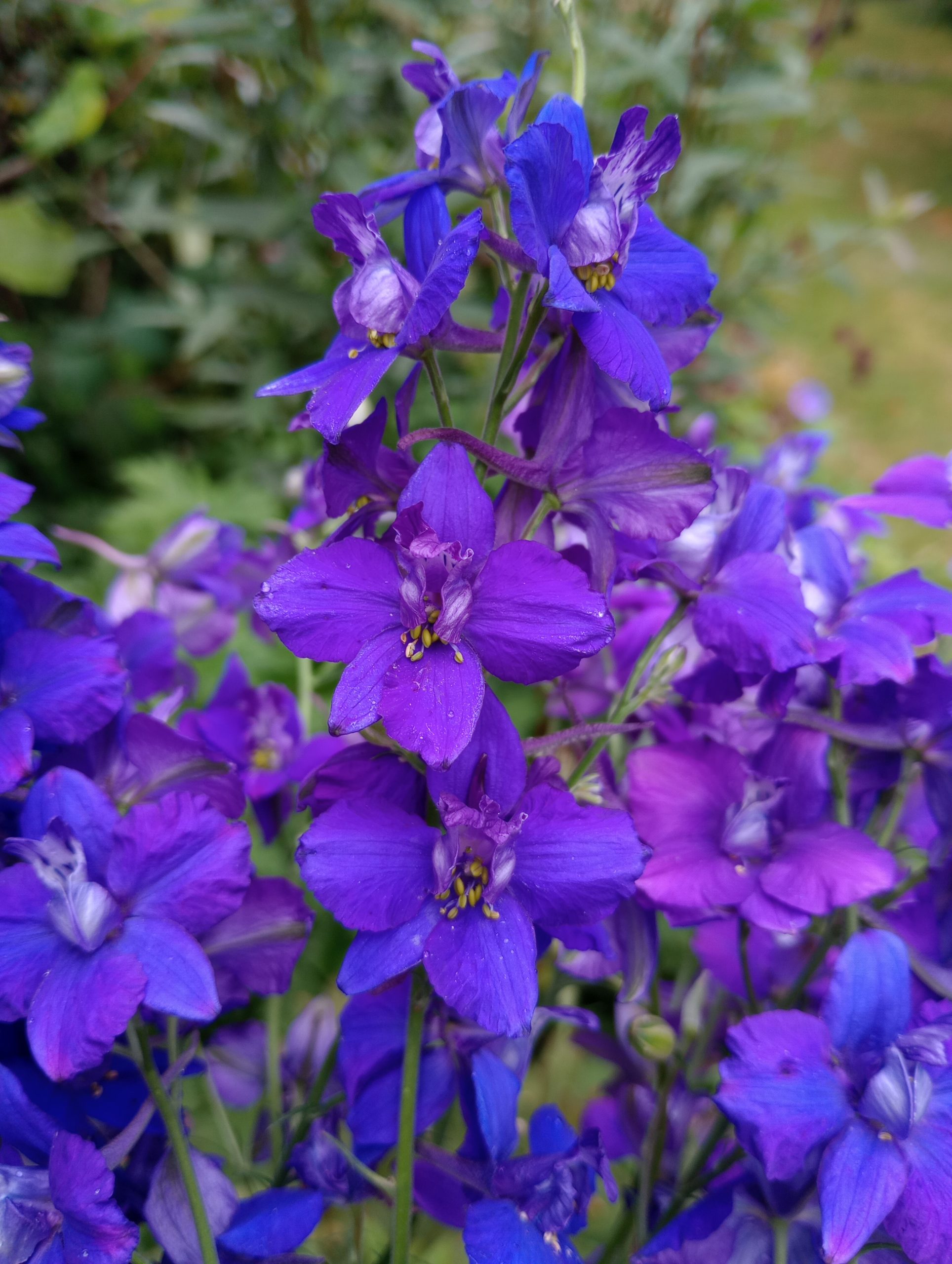

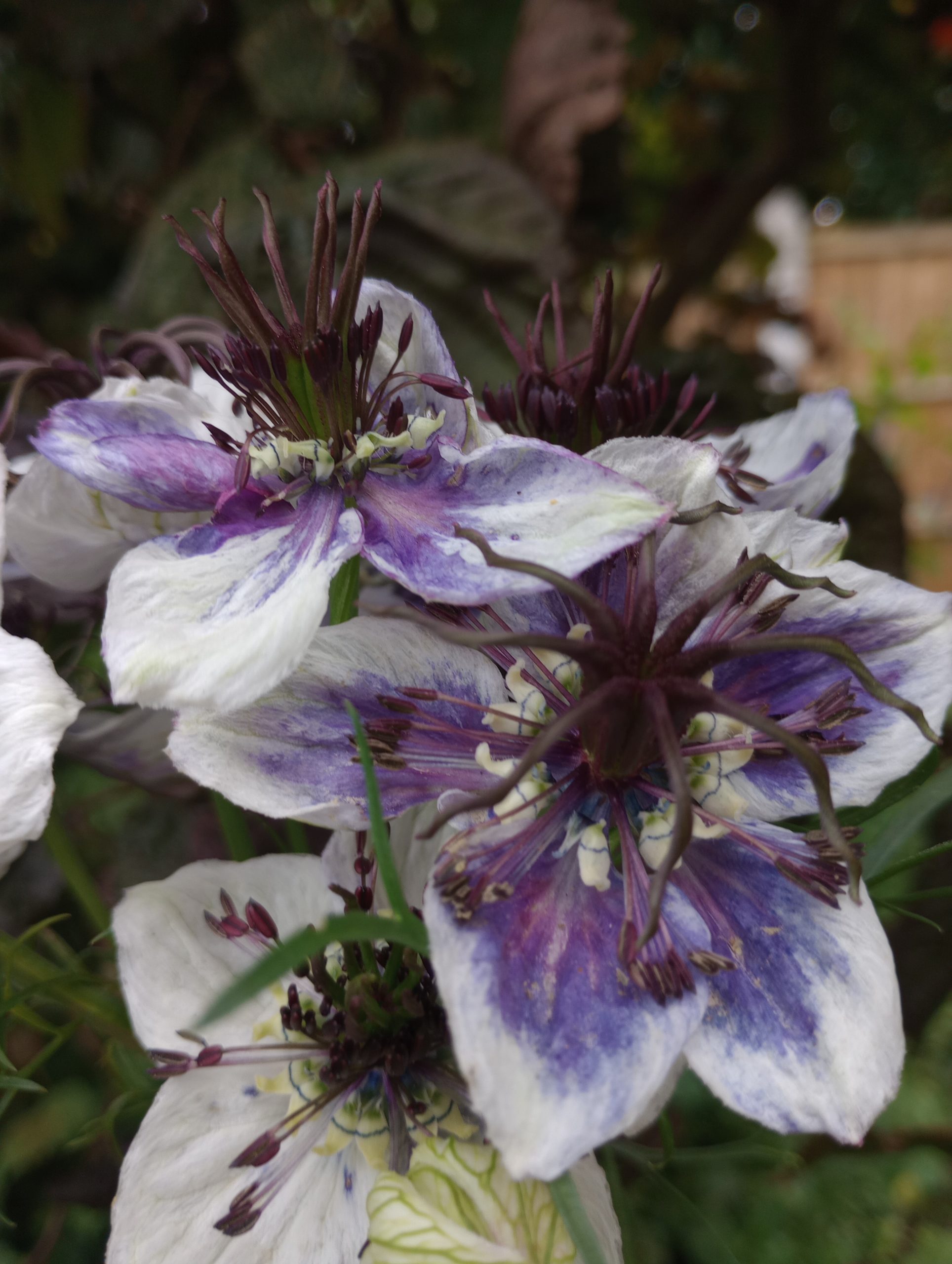
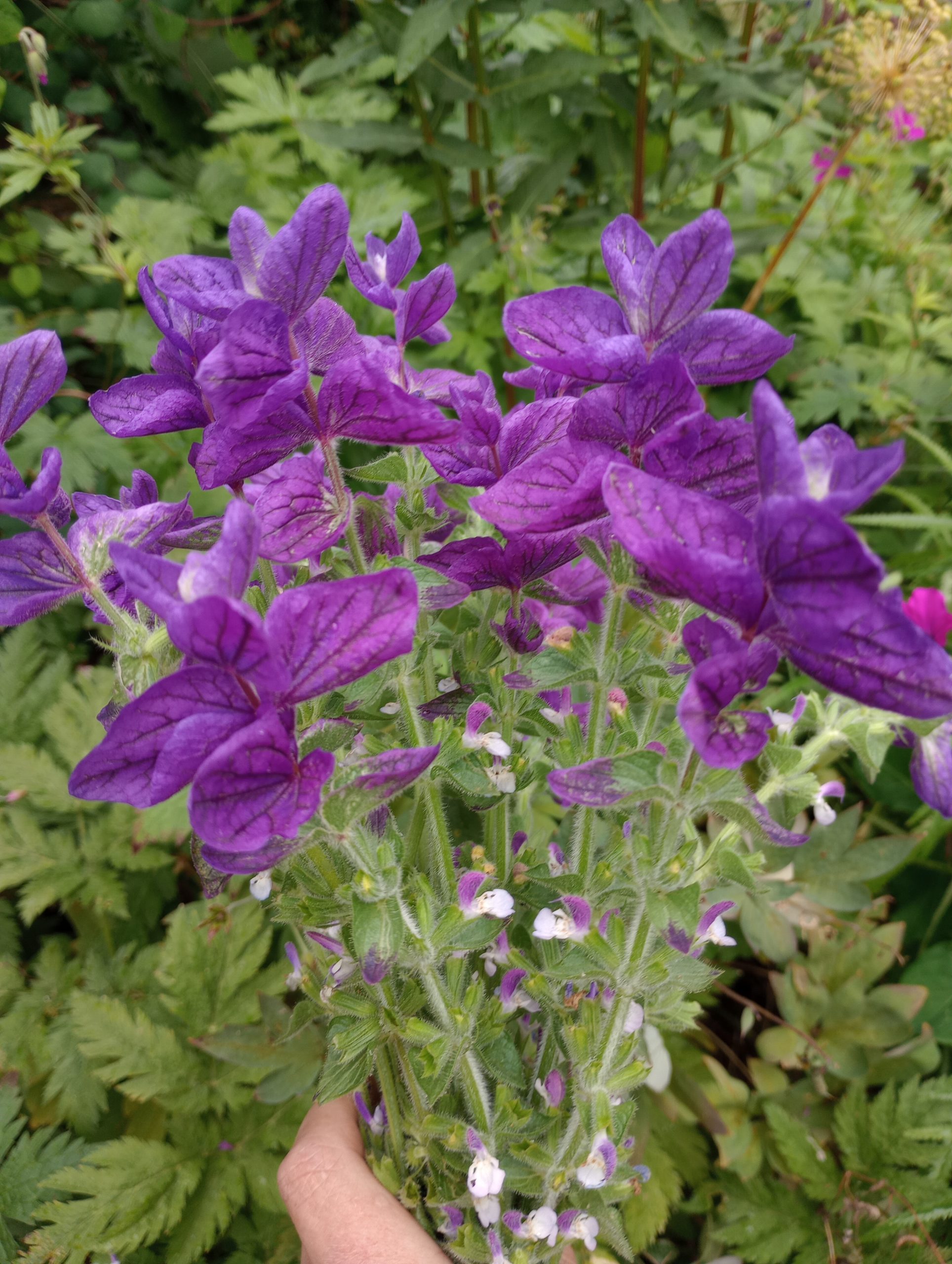
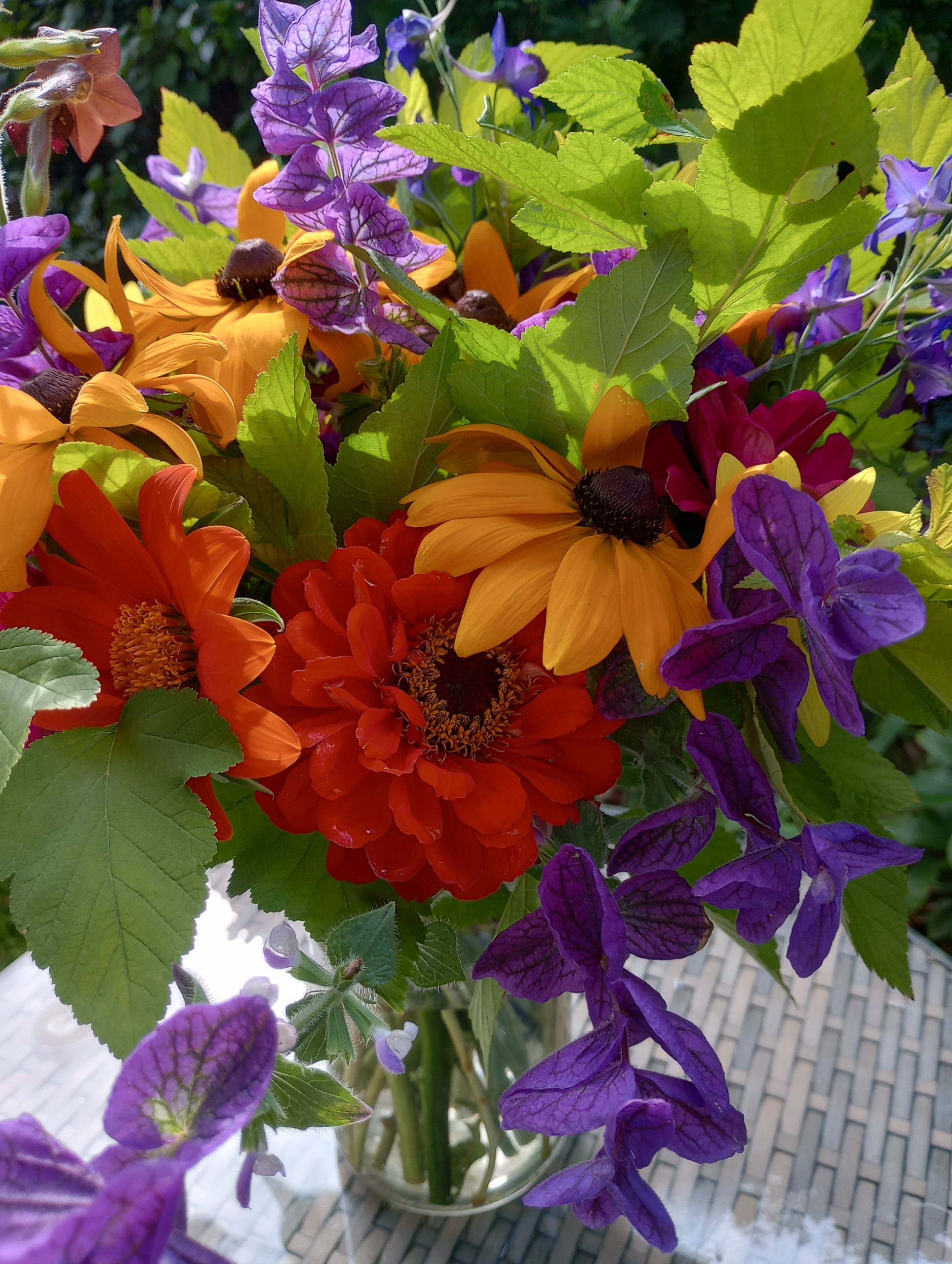

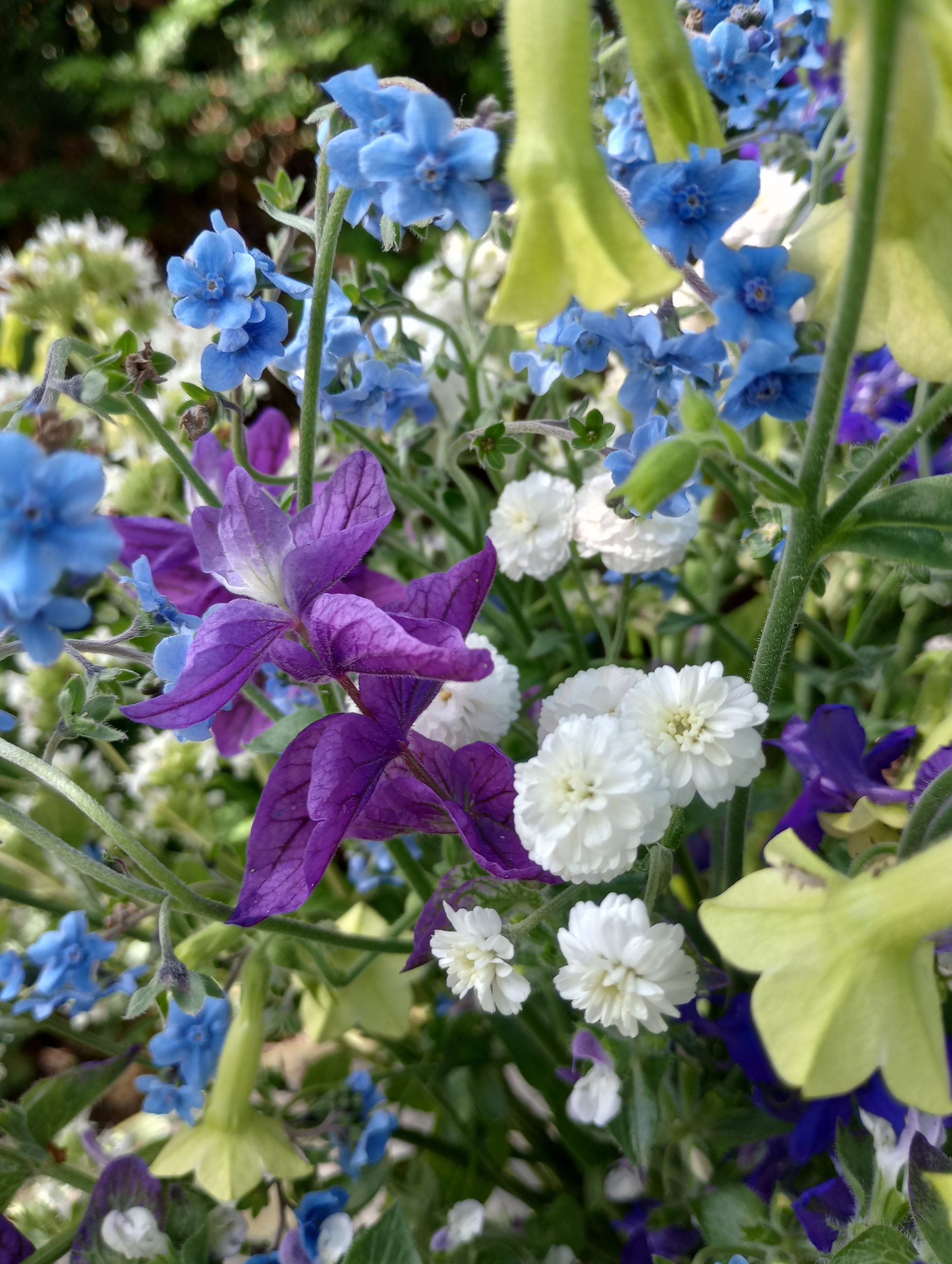
Spring will soon be here.
Higgledy Anne
(I’m on Instagram anne_hinks if you fancy a follow, I’ve also joined Bluesky Anne Hinks)
